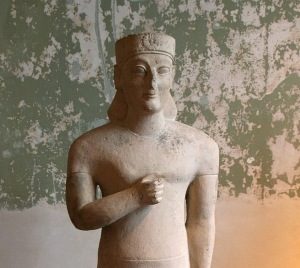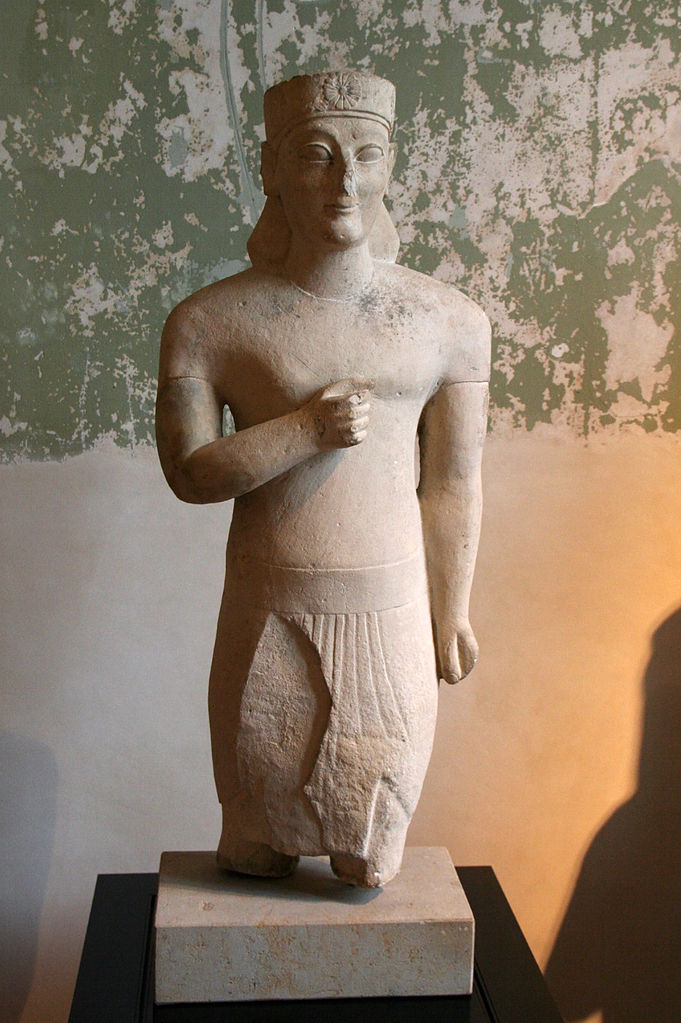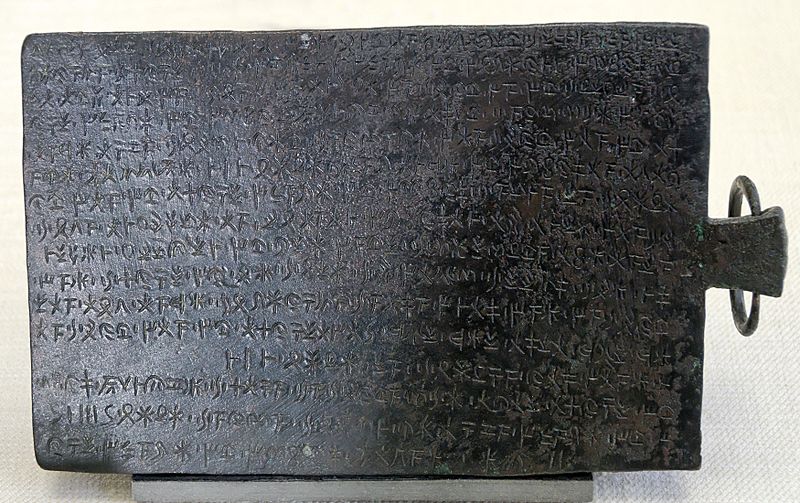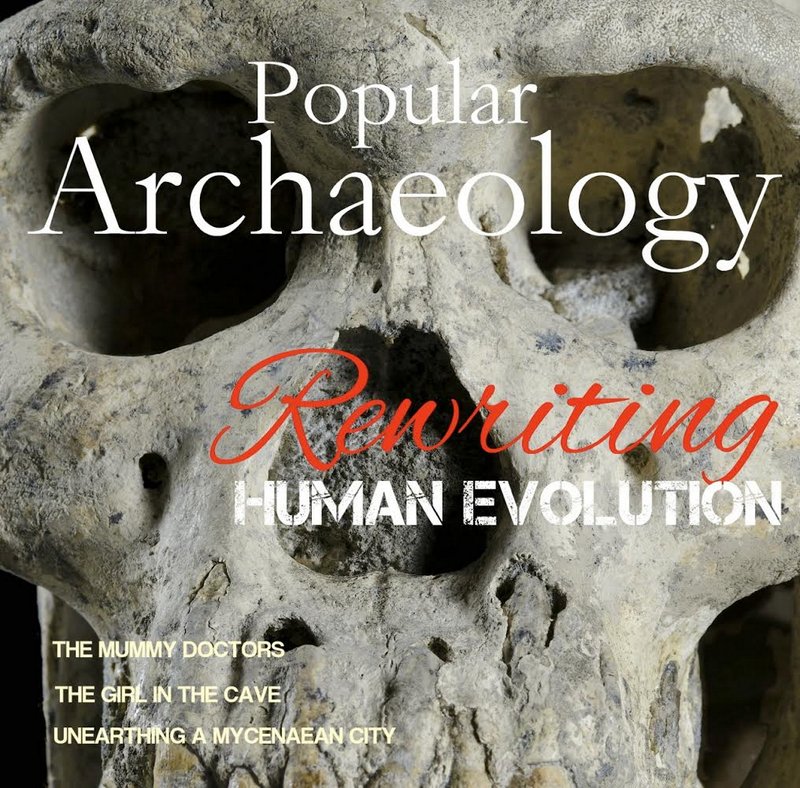
An archaeological team is investigating three key sites at the location of ancient Idalion in Cyprus, where excavations are continuing to uncover new features and finds dating as far back as the Bronze Age in an ancient city that was the most important of ten city kingdoms on Cyprus during the 6th and 7th centuries BCE.
At the first site, which defines the remains of the Hellenistic period Sanctuary of Adonis, archaeologists uncovered evidence of 11th century BCE occupation. The discoveries were made as a part of their investigation of earlier phases of habitation at the site. The finds have pointed to possible influence or connection with cultures and belief systems in the Levant, especially during the 1st millennium BCE.
“There are multiple indicators that the cult of Adonis at Idalion was closely related to the first millennium BCE religion of ancient Israel,” wrote Dr. Pamela Gaber and colleagues in a summary of the recent excavations.* Gaber is Project Director of the excavations, currently with Lycoming College, Williamsport, Pennsylvania. She and her teams have been excavating at Idalion since 1987.
The second site, known as the “Sanctuary of the Paired Deities”, has also been identified as a religious center. Gaber and colleagues have been excavating there since 2002, uncovering stone altars and ash pits and a pair of standing stones and limestone figures. “During the 2012 season we took out the standing stones and found the remains of a pair of standing wooden columns, apparently destroyed during the conquest of Idalion [by the Kitians] around 450 BCE,” stated Gaber, et al., in their summary.*
In 2015 Gaber plans to continue investigating this sanctuary, along with the Sanctuary of Adonis, hoping to gain a clearer picture of its meaning, significance, and use.
The third site is thought to be a possible industrial installation, as in 2013 they uncovered evidence pointing to an early dyeing industry that continued on into the Hellenistic period.
____________________________________
 Limestone statue of male figure recovered from Idalion during a past exploration of the site. Wikimedia Commons
Limestone statue of male figure recovered from Idalion during a past exploration of the site. Wikimedia Commons
_________________________________
 Bronze plaque engraved on both faces with a Cyprian inscription, found at Idalion. It is a decree from Stasicypros, the king of Idalion, to compensate a public physician, Onesilos, and his brothers: the king and the city will pay them medical fees for the treatment of the wounded after the siege of Idalion by the Medes (478 and 470 BC). Wikimedia Commons
Bronze plaque engraved on both faces with a Cyprian inscription, found at Idalion. It is a decree from Stasicypros, the king of Idalion, to compensate a public physician, Onesilos, and his brothers: the king and the city will pay them medical fees for the treatment of the wounded after the siege of Idalion by the Medes (478 and 470 BC). Wikimedia Commons
___________________________________
The ancient remains of Idalion in central Cyprus have seen on-and-off archaeological excavations since the early 20th century, but the most significant excavations took place under Einar Gjerstad from 1927 to 1931, from which eight volumes of scholarly reporting were published. Gjerstad was followed by Lawrence Stager and Anita Walker of the Joint American Expedition to Idalion from 1971 to 1980, which produced two volumes. Gaber’s expedition has continued investigations, clarifying and adding to the work done previously and opening up new investigations with new questions about Idalion and life in Cyprus in the centuries BCE.
Idalion is best known historically as a major center of copper trade beginning in the 3rd millennium BCE. It was one of 11 cities in Cyprus listed on the Stele of Sargon (707 BCE) and considered the most important of the ten Cypriot kingdoms listed on the tablet of the Assyrian king Esarhaddon (680–669 BCE).
More information about Idalion, the excavations and how one can participate can be found at the project website.
_________________________________________________
*http://www.lycoming.edu/archaeology/digs/goals.aspx
_________________________________________________
Read about the most fascinating discoveries with a premium subscription to Popular Archaeology Magazine. Find out what Popular Archaeology Magazine is all about. AND MORE:
On the go? Get the smartphone version of Popular Archaeology as an app or as an ebook.
Just released!
The special new premium quality print edition of Popular Archaeology Magazine. A beautiful volume for the coffee table.
Travel and learn with Far Horizons.
____________________________________________
Popular Archaeology’s annual Discovery Edition eBook is a selection of the best stories published in Popular Archaeology Magazine in past issues, with an emphasis on some of the most significant, groundbreaking, or fascinating discoveries in the fields of archaeology and paleoanthropology and related fields. At least some of the articles have been updated or revised specifically for the Discovery edition. We can confidently say that there is no other single issue of an archaeology-related magazine, paper print or online, that contains as much major feature article content as this one. The latest issue, volume 2, has just been released. Go to the Discovery edition page for more information.









